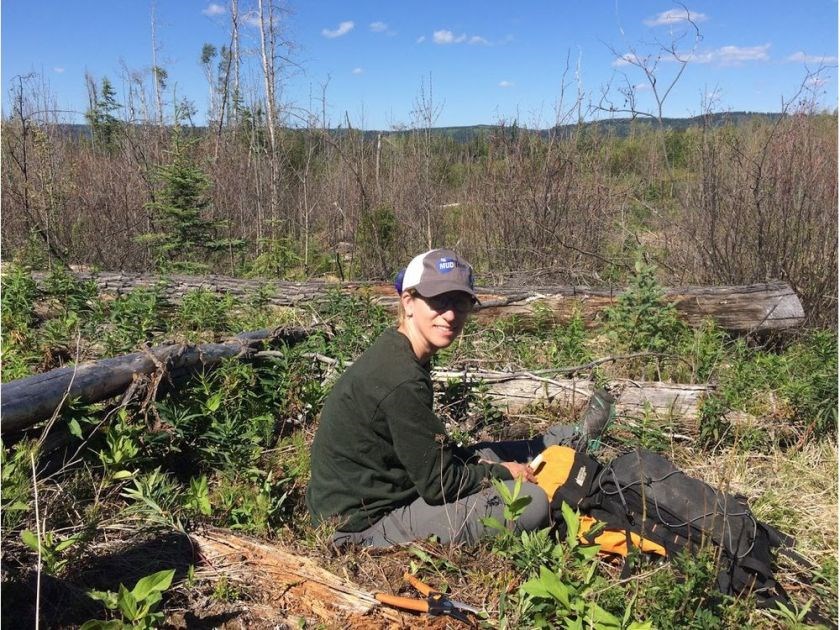Edible and medicinal forest plants that survive aerial spraying of glyphosate can retain the herbicide and related residues for at least a year, a new study has found.
"The highest and most consistent levels of glyphosate and AMPA (aminomethylphosphonic acid) were found in herbaceous perennial root tissues, but shoot tissues and fruit were also shown to contain glyphosate in select species," according the study published in the Canadian Journal of Forest Research.
Herbicides containing glyphosate are used by forest companies to kill aspen and other broadleaf plants in areas that have been logged and replanted with trees of commercial value such as Douglas fir and pine, according to the Ministry of Forests.
When herbicides are sprayed by plane, the spray can deliver non-lethal doses of glyphosate to nearby "non-target plants," some of which may store the compound indefinitely or break it down very slowly, said author Lisa Wood, a registered professional forester and assistant professor of forest ecology at the University of Northern B.C.
Wood found unexpected levels of glyphosate in new shoots and berries of plants that survived an aerial herbicide application made one year earlier.
These findings raise concerns about forage plants used extensively by First Nations in northern B.C. where most spraying occurs, she said.
The 10 species tested were selected for their importance as traditional-use plants, because some First Nations had expressed concerns about the long-term effects of glyphosate on wild plants, said Wood.
Glyphosate is typically broken down in soil by microorganisms over a period of months, but how long it persists in living plant tissues is unknown, she said.
"If a plant dies from an application it falls to the soil and there are microbes that gobble up the glyphosate," she said. "When they don't die, they have interesting ways of coping, often by storing and isolating the glyphosate."
Forest companies are obligated by provincial legislation to manage regenerating forests until the replanted trees are free-growing, which may require selective tree and brush removal and use of herbicides to delay the growth of deciduous plants and tree species that crowd or shade timber stock species.
Chemical treatments are generally less expensive than manual control methods because fewer treatments are required, the ministry said.
About 17,000 hectares of forest land are sprayed each year, around 10 to 12 per cent of the area replanted each year. The total has been trending down since 2016 when the ministry relaxed brush control requirements in the Cariboo-Chilcotin.
Improved, fast-growing seedlings have also reduced the need for spraying.
The B.C. Wildlife Federation is poised to call for tighter controls on the use of glyphosate in forestry, citing in a draft resolution its negative impact on food and habitat for wildlife and the "growing body of evidence that suggests glyphosates are carcinogenic."
Provincial regulations encourage chemical treatment by forest companies that want to avoid the expense of replanting cutblocks when timber species don't thrive, said federation spokesman Jesse Zeman.
"Government guidance governing the use of glyphosate is an outcome of archaic legislation that puts merchantable timber first and all other values, including wildlife second," he said.



.png;w=120;h=80;mode=crop)